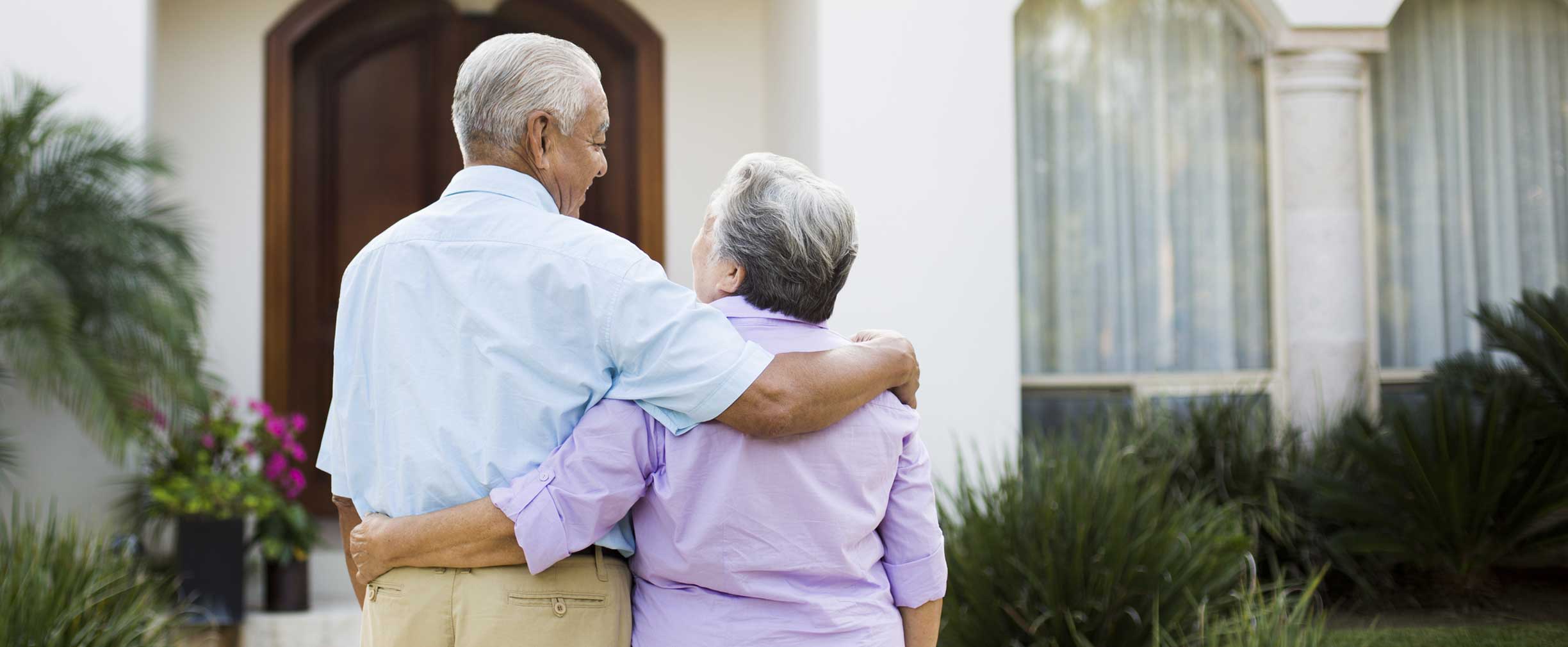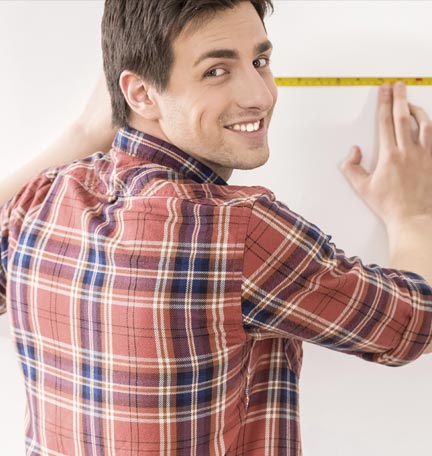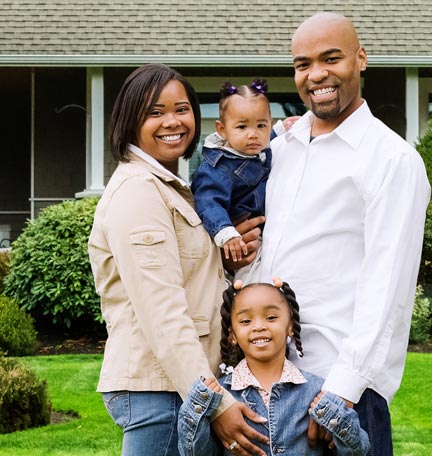Making Home Improvements in Retirement: 4 Considerations
If you're among the 76.4 million baby boomers in or near retirement, you might be thinking about improving your home to make it more enjoyable. After all, you're going to be spending a lot more time there.
But if you plan to "age in place" — to spend retirement in your own home instead of a retirement facility — home improvements can be an opportunity to make your home not only more modern, but also safer and more functional for your future self.
Few homes are built with retirees in mind, so if you're making home improvements today, consider additional upgrades that will make your life more comfortable tomorrow. Here are four of the most essential accessibility upgrades to consider.
1. Wider Doorways
"When people get older, they very often may need walkers or wheelchairs," says Susan Luxenberg, Founder and President of HomeSmart, a Florida-based consultancy specializing in universal design and accessibility modifications. Because narrow doorways are difficult to pass through, she recommends replacing them with wider entries.
Although this typically requires your contractor to widen the doorway and replace the door, an easier and more affordable option is replacing standard door hinges with "swing clear" offset hinges. "This brings the door back around the doorjamb so it's tight against the wall," Luxenberg says. "You can gain 4 inches in the opening this way."
2. Accessible Bathrooms
"The bathroom is probably the least safe area in a standard house for someone as they get older," Luxenberg says. That's because bathrooms are full of slippery surfaces and physical barriers that can lead to falls and other injuries.
To make bathrooms more accessible, she recommends:
- Replacing standard toilets with comfort-height ones that are easier to mount and dismount for people with weak knees, back pain, or balance issues
- Installing non-skid floor tiles or applying a non-slip coating to existing tiles to prevent falls
- Replacing bathtubs and curbed showers with curbless showers, the bottoms of which are flush with bathroom floors so you don't need to clear a step when entering the shower
- Adding grab bars in showers for balance.
3. Accessible Kitchens
"The biggest problem in kitchens is that many people have to stand on step stools to reach their upper shelves, or they have to stoop down to get pots and pans," Luxenberg says. She suggests installing accessible cabinetry that eliminates the need to reach and crouch.
Options include:
- Pull-down shelves that mechanically bring shelves down to counter level from inside cabinets with the pull of a lever
- Full-extension drawers that slide out all the way so you can access items in the back
- Sliding shelves for pulling pots and pans out from lower cabinets
- Pop-up shelves that allow you to store small kitchen electronics like stand mixers in lower cabinets, then mechanically raise them to counter height when you need them
You may also consider wider clearances between cabinets and islands to accommodate walkers and wheelchairs, counters at multiple heights throughout the kitchen so you can prep food standing or sitting, and extra task lighting to make food prep safer.
4. Safer Staircases
Stairs are another precarious situation for older people, says Luxenberg, adding that staircases inside and out should have handrails on both sides, as well as floor-level lighting. "There are lights on the market today that are battery-operated and wall-mounted," she says. "You can put them along your staircase, and they'll go on and off as you move up and down the stairs."
Even if you don't need these improvements now, you'll be glad you have them if you need them later.
"One person might develop difficulty bending or raising their legs at age 60, and someone else at age 90," Luxenberg says. "Sooner or later, though, we all face the same physical frailties as we age. So it's important to adapt our homes if we plan on staying in them."






